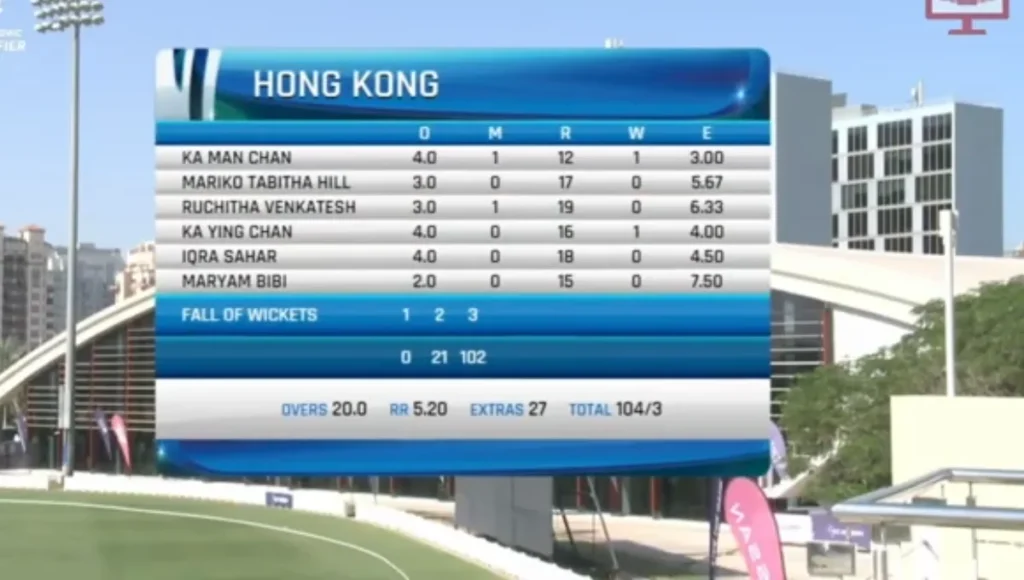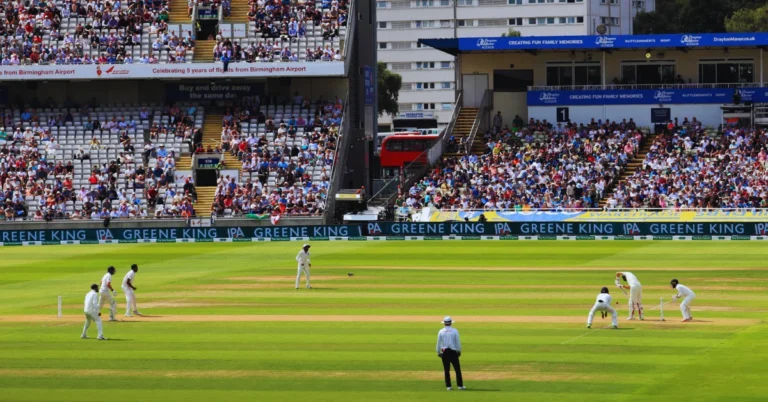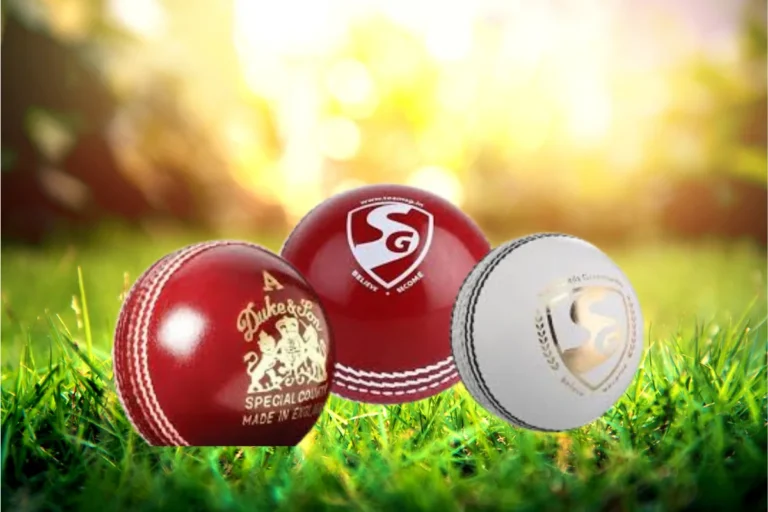Reading Cricket Scorecards with Essential Guide on Symbols, Stats, and Abbreviations
Understanding how to read a cricket scorecard is essential for any fan wanting to follow the game. Whether you’re watching on TV, checking live updates on Google, or analyzing past matches, scorecards provide a detailed summary of a match’s progress and outcome.

What is a Cricket Scorecard?
A cricket scorecard is a detailed representation of the match’s statistics. It records the performances of both teams, individual players, and other significant match events. The scorecard helps in understanding who performed well, how the game progressed, and the final outcome.
Components of a Cricket Scorecard
1. Batting Scorecard
The batting scorecard lists the performance of each batter, providing detailed statistics that can help analyze and improve batting skills.
| Field | Details |
|---|---|
| Batter | Name of the batter. |
| Dismissal | How the batter got out (e.g., bowled, caught, run out, LBW). |
| Runs | Total runs scored by the batter. |
| Balls | Number of balls faced by the batter. |
| 4s | Number of boundaries (fours) hit by the batter. |
| 6s | Number of sixes hit by the batter. |
| Strike Rate | Runs scored per 100 balls faced, calculated as “(Runs / Balls) * 100“. |
2. Bowling Scorecard
The bowling scorecard provides details about each bowler’s performance. It includes:

| Category | Clarification |
|---|---|
| Bowler | Name of the bowler. |
| Overs | Number of overs bowled. |
| M | Number of maiden overs (overs in which no runs were conceded). |
| Runs | Total runs conceded by the bowler. |
| Wickets | Number of wickets taken by the bowler. |
| Economy | Average number of runs conceded per over, calculated as “Runs / Overs“. |
3. Extras
These are additional runs not attributed to any batter. They are listed separately and include:
- Byes: Runs scored when the ball passes the wicketkeeper and no bat is involved.
- Leg Byes: Runs scored off the batter’s body.
- Wides: Balls bowled too wide for the batter to reach, resulting in an extra run.
- No Balls: Balls bowled illegally (e.g., overstepping the crease), resulting in an extra run.
4. Fall of Wickets
This section lists the order and the score at which each wicket fell, providing insights into the match’s turning points.
5. Scoring Symbols and Abbreviations
Understanding common abbreviations and symbols on a scorecard is crucial:
| Symbol/Abbreviation | Meaning |
|---|---|
| b | Bowled |
| c | Caught |
| lbw | Leg Before Wicket |
| ro | Run Out |
| ct & b | Caught and Bowled |
| nb | No Ball |
| wd | Wide |
| M | Maiden Over |
| SR | Strike Rate |
| Econ | Economy Rate |
Read a Scorecard on Different Platforms
On Google
To read a cricket scorecard on Google:
On TV
Reading a cricket scorecard on TV involves:
Reading Example: Detailed Walkthrough
Sample Batting Scorecard

| Batter | Dismissal | Runs | Balls | 4s | 6s | Strike Rate |
|---|---|---|---|---|---|---|
| A. Player | b Smith | 34 | 45 | 4 | 1 | 75.55 |
| B. Player | c Jones b Lee | 50 | 60 | 6 | 0 | 83.33 |
| C. Player | lbw b Khan | 10 | 12 | 1 | 0 | 83.33 |
The batting scorecard provides a detailed summary of each batter’s performance. It includes columns for the batter’s name, their method of dismissal (e.g., bowled, caught), the total runs scored, the number of balls faced, and the boundaries hit (fours and sixes). The strike rate is also listed, indicating the rate at which runs were scored per 100 balls, which helps gauge the batter’s efficiency.
Sample Bowling Scorecard
The bowling scorecard outlines each bowler’s performance by listing their name, the number of overs bowled, and the maiden overs (overs with no runs conceded). It also includes the total runs conceded, wickets taken, and the economy rate, which is the average number of runs given per over. This information helps assess the bowler’s effectiveness in restricting the opposition’s scoring.
| Bowler | Overs | M | Runs | Wickets | Economy |
|---|---|---|---|---|---|
| D. Bowler | 10 | 2 | 45 | 2 | 4.50 |
| E. Bowler | 8 | 1 | 30 | 1 | 3.75 |
| F. Bowler | 7 | 0 | 50 | 3 | 7.14 |
Give Away
Reading a cricket scorecard may seem daunting at first, but with this guide, you should find it much easier to interpret the detailed statistics and enjoy the game to its fullest.






